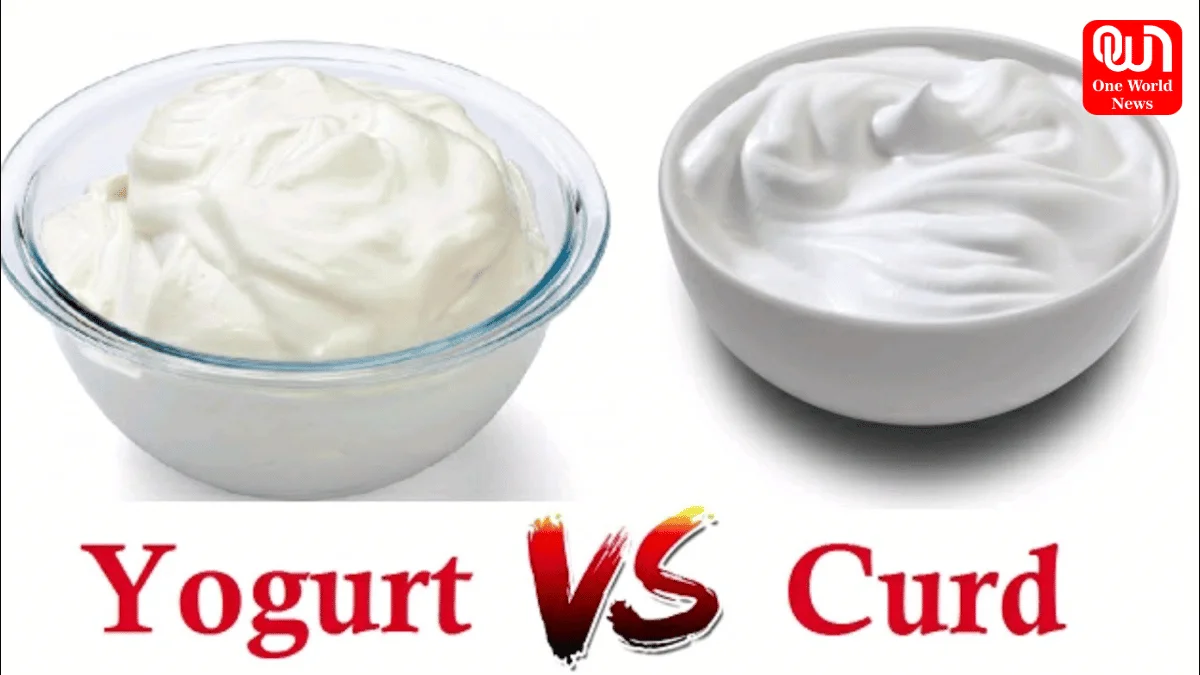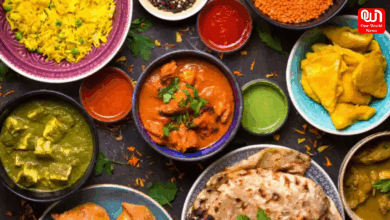know the Difference Between Yogurt And Curd
In precise, whilst yoghurt and curd are dairy products made through fermentation, they differ in phrases of substances, culturing technique, consistency, cultural importance, and nutritional profile.
What Is The Difference Between Yogurt And Curd?
Both yoghurt and curd are dairy items that may be mostly found on several countries’ dinner tables. Even though they are similar and often replaced with each other, some features distinguish the two. Understanding these differences can assist clarify the difference between yoghurt and curd: Understanding these differences can assist clarify the difference between yoghurt and curd:
-
Origin and Culturing Process
– Yogurt: Regular yoghurt is prepared by fermenting milk with specific types of microorganisms, such as Lactobacillus bulgaricus and Streptococcus thermophilus.These microscopic organisms ferment the lactose in milk into lactic acid, which thickens the yoghurt while giving it the signature flavour and creamy texture.
Read More – Gourmet delights: From deviled eggs to pistachio cheesecake; 3 creative recipes for a memorable party feast
– Curd: Another term for coagulated milk products is Curd. Sometimes, curd is used as another term for milk in some regions that is made by adding acidic substances, such as lemon juice or vinegar. The acidity level is maintained by a curdling system which makes the milk protein molecules to clump together producing a custard-like consistency.
2. Ingredients and Additives
– Yogurt: Many commercial yoghurts add these extra elements such as milk solids, gelling substances, sweeteners, and flavours to achieve a particular form and flavour. Besides, yoghurts harbour active probiotic cultures, which are the live bacteria believed to aid in digestive health.
– Curd Traditional curd, for example, is made of milk, along with the subculture for fermentation, not more cream, sweets, and so on. But, therefore, homemade curd can alter its texture and taste, depending on the milk type as well as the fermentation process.
-
Consistency and Texture
– Yogurt: Yogurt is made with a pasteurization process to ensure the safety of consuming the product. It has a clean and creamy texture and a slightly sour flavour. It is often eaten as a snack on its own, added to smoothies, and a part of sauces, dressings, and cakes.
– Curd / Curd can range in thickness from watery to thick and creamy, depending on whether the instructions and fermentation time are followed properly. It’s typically taken in the form of dipping or a side sauce with savoury meals which include rice, curry or naan.
Read More – Savour the Crunch: Green garlic crusted fish for making the evening snack platter better. Recipe inside
-
Cultural Variations
– Yogurt: Yogurt is widely eaten in Western nations and is a staple in cuisines such as Greek, Turkish, and Middle Eastern. It is frequently enjoyed as a breakfast meal, dessert, or a factor in savoury dishes.
– Curd: Curd holds cultural significance in diverse areas, together with South Asia, wherein it is a commonplace nutritional staple. In India, for instance, curd is a versatile element used in traditional dishes like raita, lassi, and kadhi.
We’re now on WhatsApp. Click to join.
-
Nutritional Profile
– Yogurt: Yogurt is rich in nutrients together with protein, calcium, B nutrients, and probiotics. It is regularly promoted for its capability of health blessings, together with progressed digestion, more desirable immune features, and higher bone fitness.
– Curd – Curd offers similar nutritional advantages to yoghurt, which include protein, calcium, and nutrients. However, the probiotic content material may additionally vary depending on the fermentation system and the particular traces of microorganisms used.
In precis, whilst yoghurt and curd are dairy products made through fermentation, they differ in phrases of substances, culturing technique, consistency, cultural importance, and nutritional profile. Whether you opt for the creamy texture of yoghurt or the tangy flavour of curd, each can be loved as a part of a healthy and numerous eating regimen.
Like this post?
Register at One World News to never miss out on videos, celeb interviews, and best reads.








